A day fighting the coronavirus: US hospital staff share hardest moments on shift
The shifts are long, and the scenes are heartbreaking.
The shifts are long and the scenes are heartbreaking inside a Maryland hospital where nurses and doctors have been treating coronavirus patients for weeks, unable to let family inside to visit loved ones on their deathbeds.
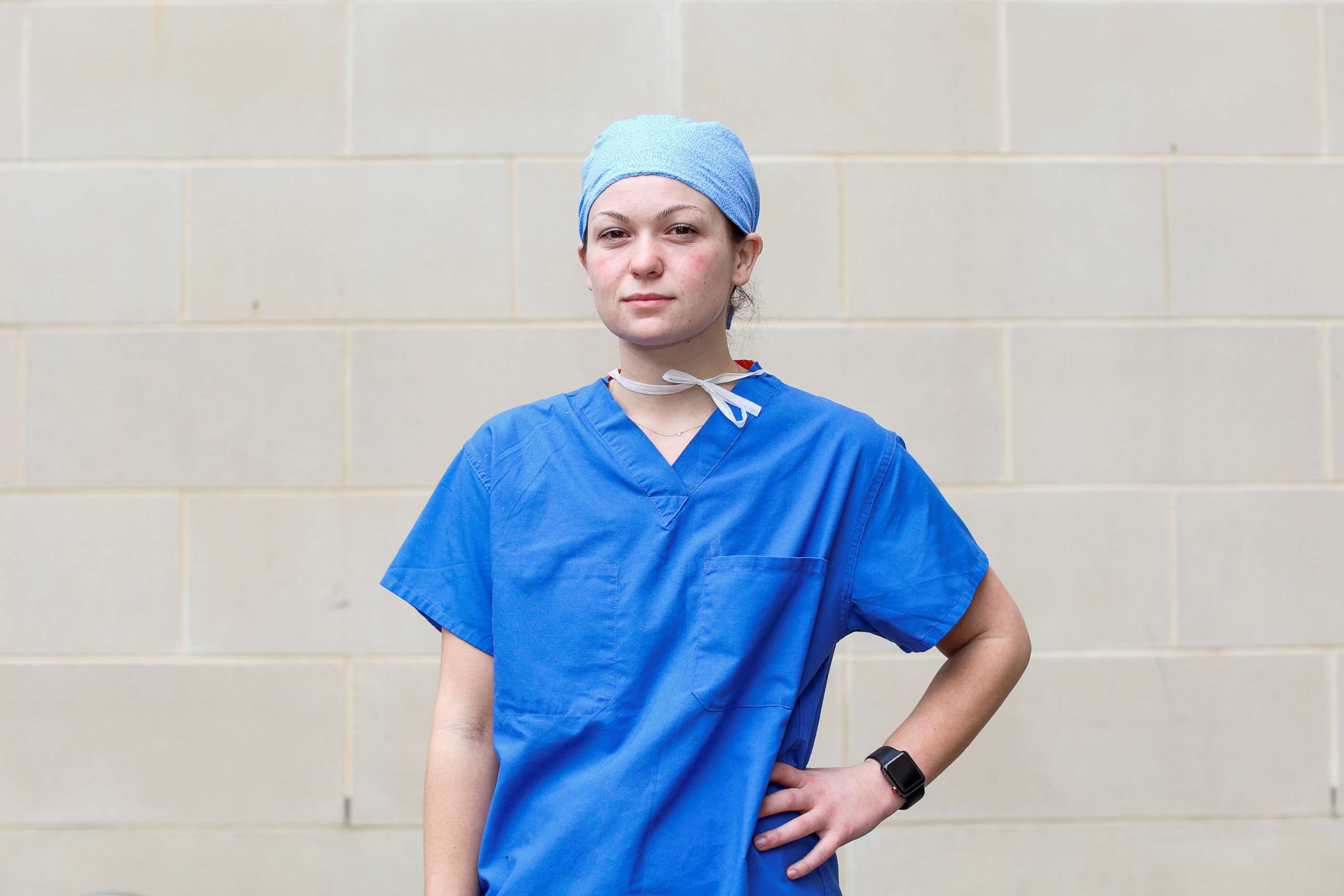
One of the hardest moments of a recent work day for registered nurse Julia Trainor was intubating a patient and then calling the patient's husband so he could talk to his wife. He was not allowed in the hospital.
"I had to put him on the phone and hold the phone to her ear as he told her that he loved her so much, and then I had to wipe away her tears," says Trainor, who works in a surgical intensive care unit. "I'm used to seeing very sick patients and I'm used to patients dying, but nothing quite like this."
The highly infectious COVID-19 disease caused by the novel coronavirus has infected more than 580,000 people across the United States and killed nearly 24,000.
In Maryland, where residents have been ordered to stay at home since March 30 to stem the spread of the disease, around 9,000 have tested positive for the virus and more than 260 have died.
After finishing what for many was a more than 12-hour shift, some nurses and doctors at one hospital shared with Reuters the hardest moments of their days. The hospital asked that it not be named.
The medical workers agreed that one of the toughest parts of the job -- more than the exhausting schedule or adjusting to work in a new unit -- was witnessing the toll on patients and families.
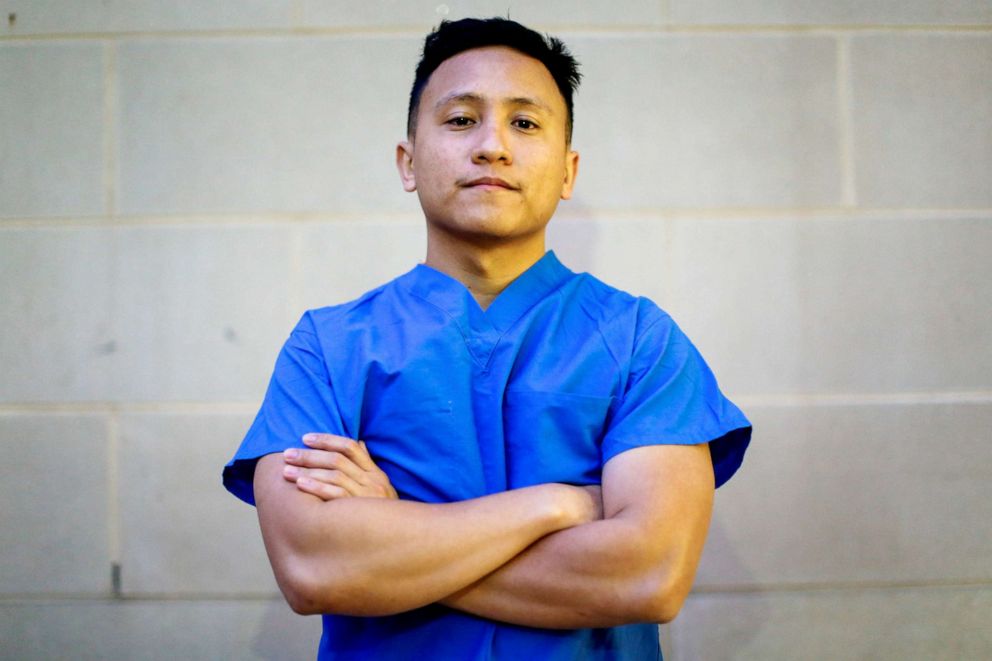
Because of the hospital's no-visitor policy, which was implemented to prevent further spread of the virus, the medical staff must care for the patients' physical needs and offer as much emotional support as they can muster in the absence of the patients' families.
"The hardest moment during the shift was just seeing COVID patients die helpless and without their family members beside them," says Ernest Capadngan, a nurse in the hospital's biocontainment unit.
"There is a lot of unknowns and with that unknown is a lot of anxiety and stress that we're not used to dealing with," said Tracy Wilson, a nurse practitioner.
Communicating with the families has weighed heavily on the hospital staff. Staff cannot bend the no-visit rules, even when a family calls in desperation.
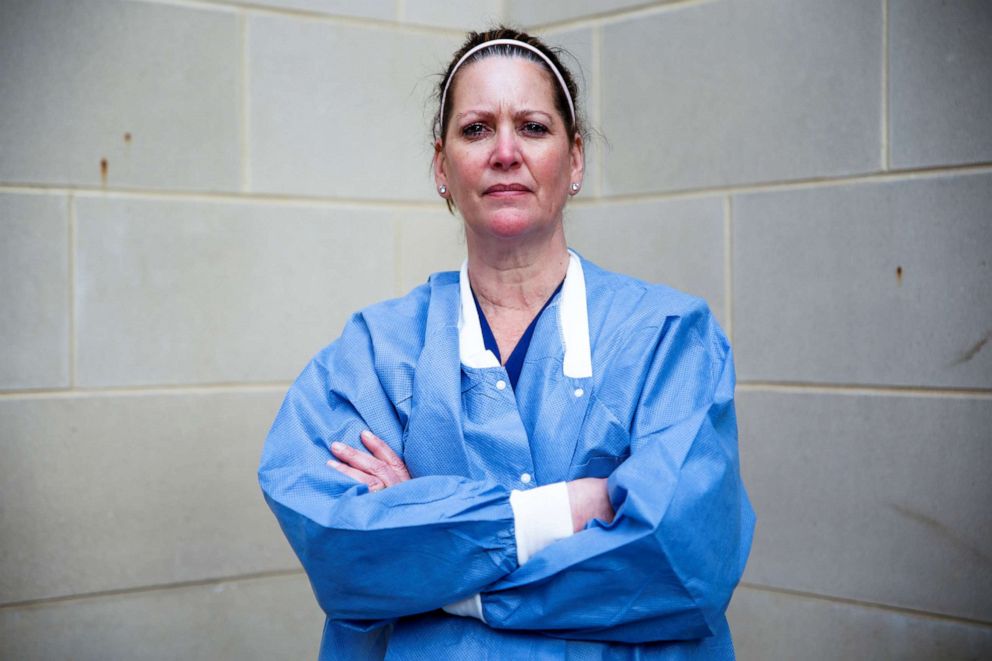
"I had a patient fall out of bed today and I had to call his wife and tell her and she couldn't come see him, even though she pleaded and begged to come see him," says Wilson.
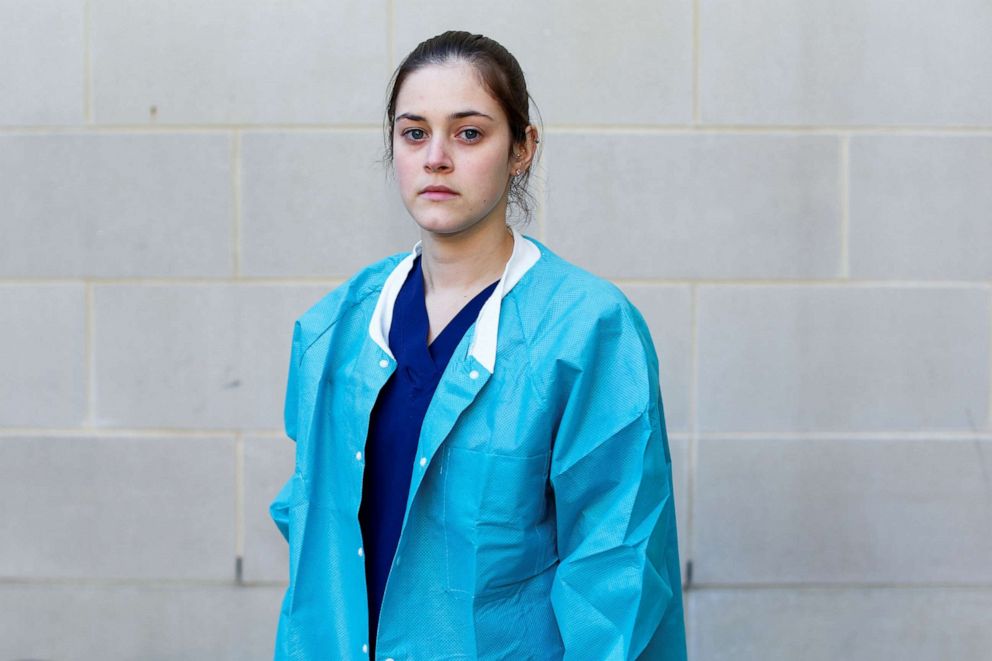
"My team has been really great to me. We've worked really well together and we've really come together in this crisis. We don't really know each other, we all come from different units within the same hospital, so for us to come together and work so well as a team, it's been a journey but I think that's what is giving me hope," said Tiffany Fare, a nurse in the biocontainment unit.
"One of the hardest moments was having to see a family member of a COVID patient say goodbye over an iPad," says Fare. "You can't see your loved one and then they're gone."
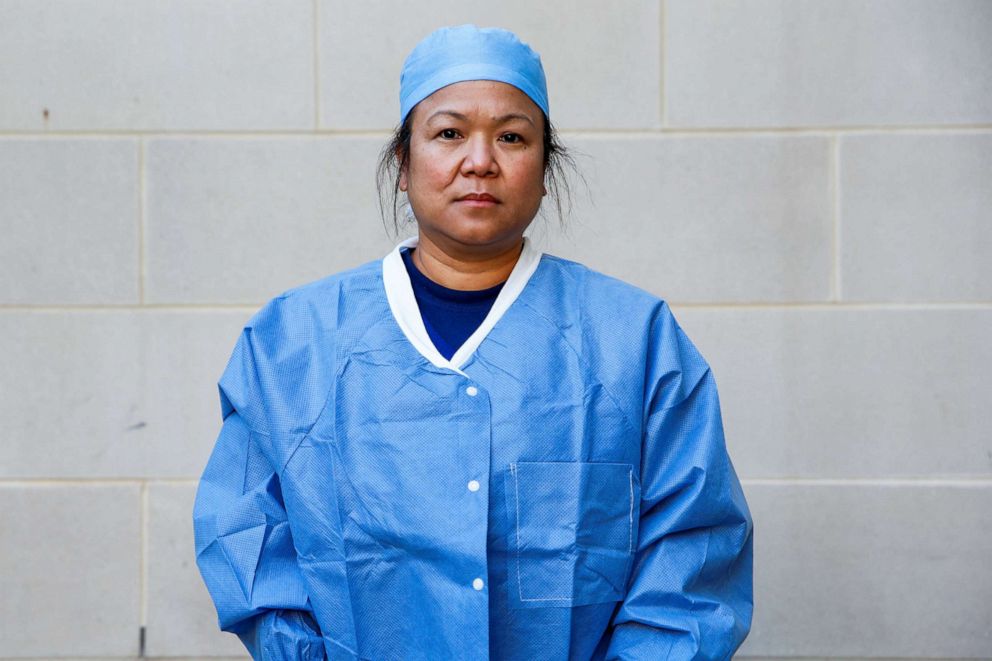
"The COVID-19 spread has affected a lot of livelihoods, a lot of people's lives. It has created a crisis, death in general. So I would like to ask not one single person, but all people worldwide, to converge and join the platform that this is something that nobody can fight individually," said Cheryll Mack, a registered nurse in the emergency room.
.There are very few opportunities to rest during a shift, although colleagues look out for one another and try to cover for each other when someone needs a break.
Mack, says she tries to get outside for 15 minutes during the day to breathe.
"It has given me relief, just fresh air," Mack says.
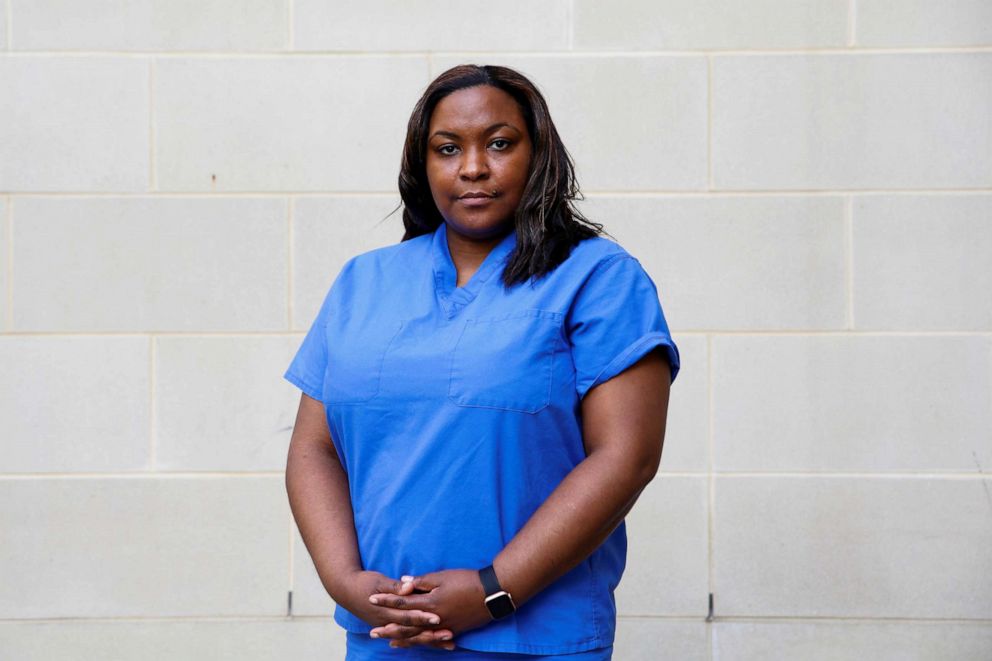
"The hardest thing in all of this, has been taking care of fellow healthcare providers. It really hits home and it's really scary when you see someone that could be you coming in and now you're taking care of them. It's also hitting home that once healthcare providers start getting sick, who is going to be taking care of the public," says Martine Bell, a nurse practitioner.
Each shift concludes with a similar decontamination drill. Nurses and doctors must remove their personal protective equipment and shower immediately before coming in contact with their family at home.
"I take a very long, very hot shower. And then I usually sit on the couch and... read a book or watch some mindless reality show in order to destress," says Bell.
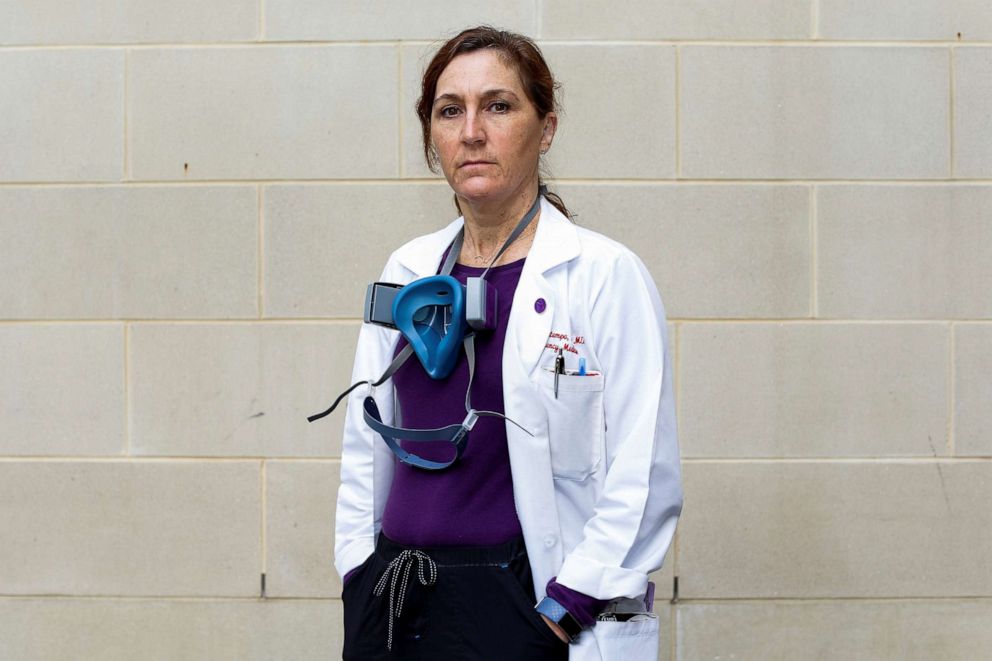
"I'm used to treating sick patients. I treat sick patients all the time. It's very different knowing that the patient you are treating, is actually a risk to you as well. That's the main difference here. No one who works in hospitals is afraid of treating sick people. Just want to keep staff safe and the patients safe at the same time," said Laura Bontempo, an emergency medicine physician.
Bontempo says she removes her work clothing and gear in a decontamination tent she has set up outside her home and then wraps herself in a towel and runs inside to shower.
Then she puts the scrubs in the washing machine by themselves to not contaminate any other items.
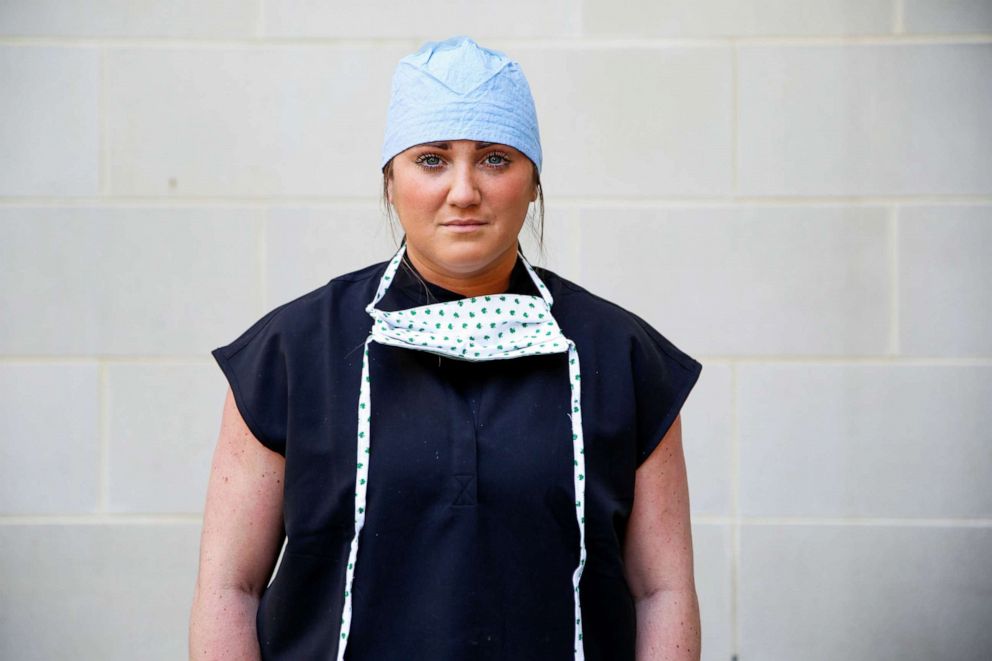
"I think the hardest moment has been the fear that lives within all of us. There is a lot of unknown right now. We fear what's going to happen tomorrow, how the emergency department will look next week when we come in. We have fears about our own colleagues, whether they will fall ill. We also fear that we could be asymptomatic carriers and bring this virus home to our families and our loved ones. There has been a lot of fear over our supplies and whether we'll run out. And then obviously there is the fear that we will see patients and not be able to do everything we normally can to help save patients' lives," said Meghan Sheehan, 27, a nurse practitioner,
Sheehan says she drives home each night without turning on the radio and uses the quiet time to reflect on her shift and her patients. When she gets home, she tries hard not to dwell on the day.
"I go home, I shower immediately and try to have dinner with family, and try to not talk about it," she said.
"Nighttime is definitely the hardest because you're constantly thinking about what the next day will bring."
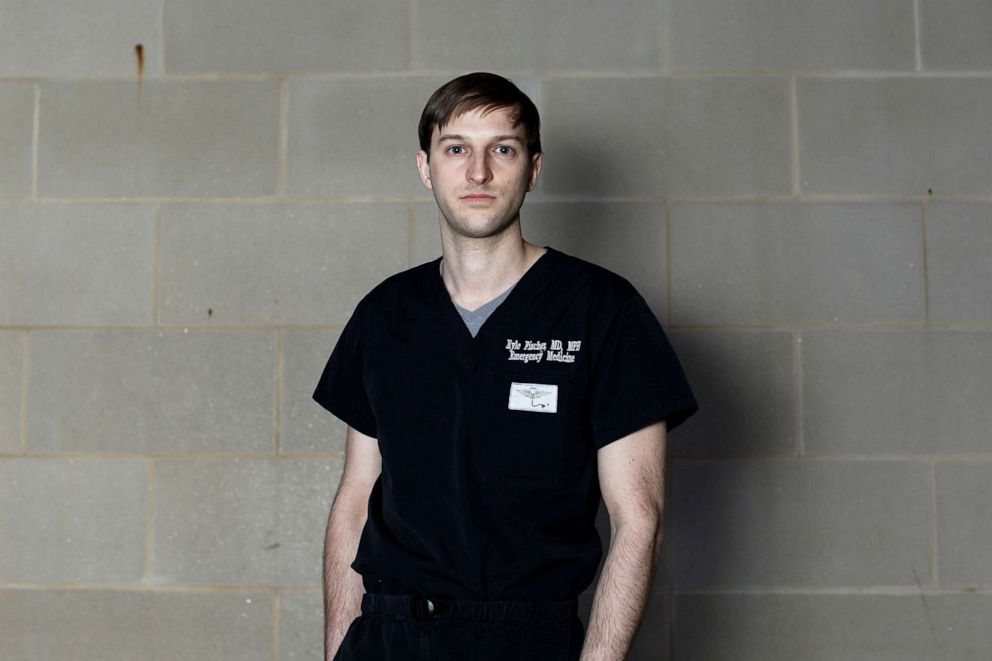
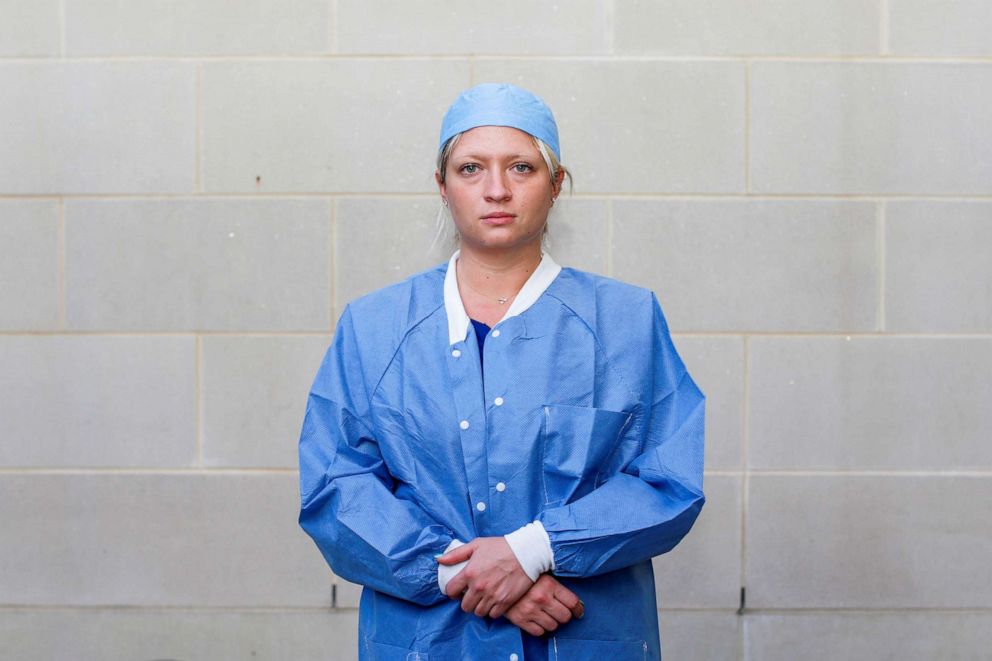
What to know about coronavirus:
- How it started and how to protect yourself: Coronavirus explained
- What to do if you have symptoms: Coronavirus symptoms
- Tracking the spread in the U.S. and worldwide: Coronavirus map




